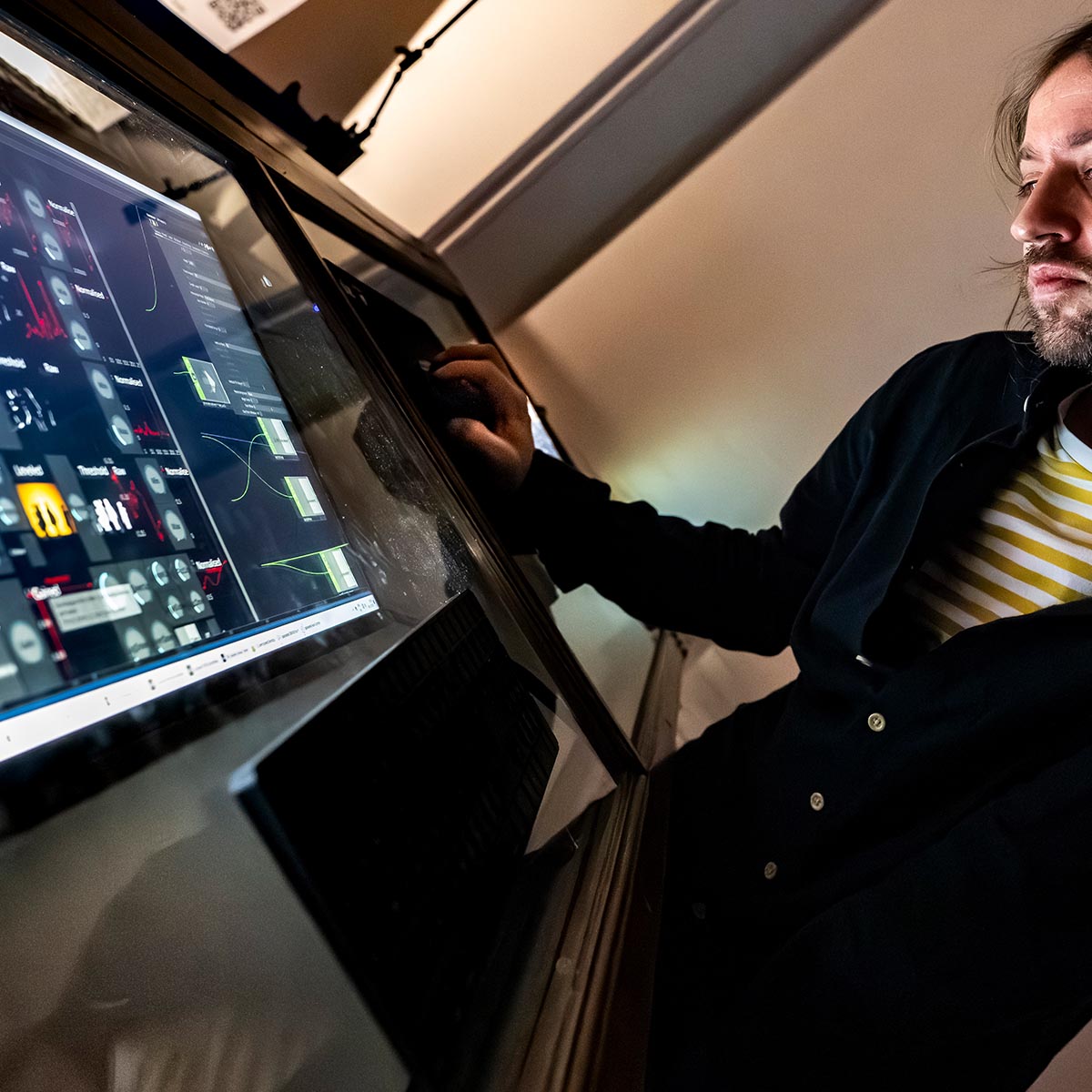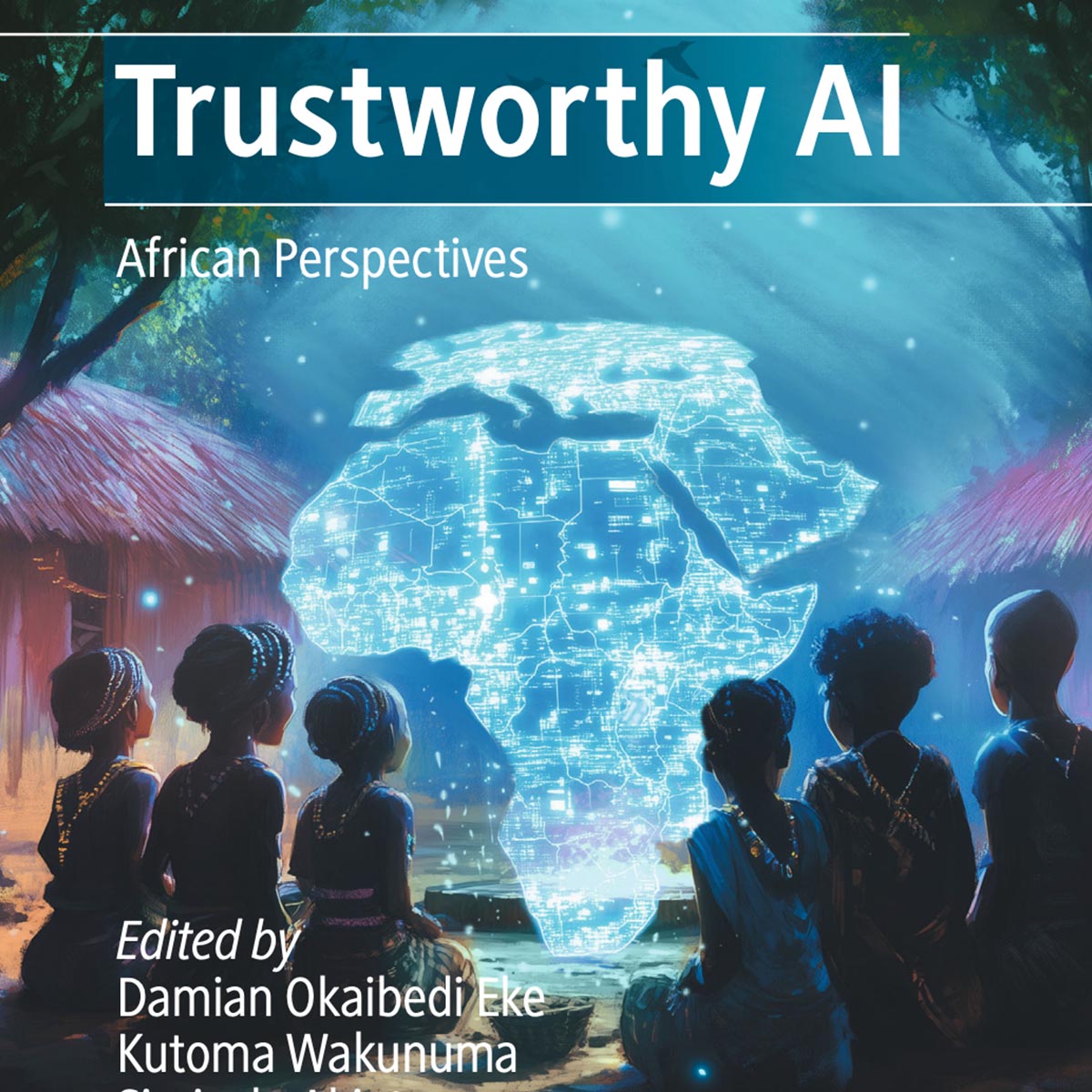The Ultimate Measure of Success for Speculative Design (or Design Research, period) is to Disappear Completely
Published in a special issue of the Interaction Design & Architectures Journal, this paper The Ultimate Measure of Success for Speculative Design is to Disappear Completely is a substantial position piece that reflects the first 12 months of Design Research works’ mission to understand what the world can gain from Design Research.
We argue that, in 10, 15, or 20 years time, if Design Research is successful, then, it will in fact begin to disappear, blend into the background, and won’t need special projects such as ours to promote it any more.
The full paper is open access and can be downloaded here.
This is the abstract:
In this paper, we discuss how the increasing prevalence of Speculative Design in educational, research and commercial contexts may reflect and nurture a challenge to the dominance of ‘scientism’. The successes associated with 20th-century modernism are now, in the 21st-century, key factors in the intractability and complexity of 21st-century challenges. Speculative and Design-led approaches offer practical means to break down such intractability but do so over relatively short timeframes. We argue that, if we adopt a longer-term perspective, then disrupting the dominance of scientism so that the benefits of Speculative Design are ‘built in’ rather than ‘added on’ is realistic and desirable. In exploring this proposition, we come to reason that the ultimate measure of Speculative Design’s success is to disappear completely.





